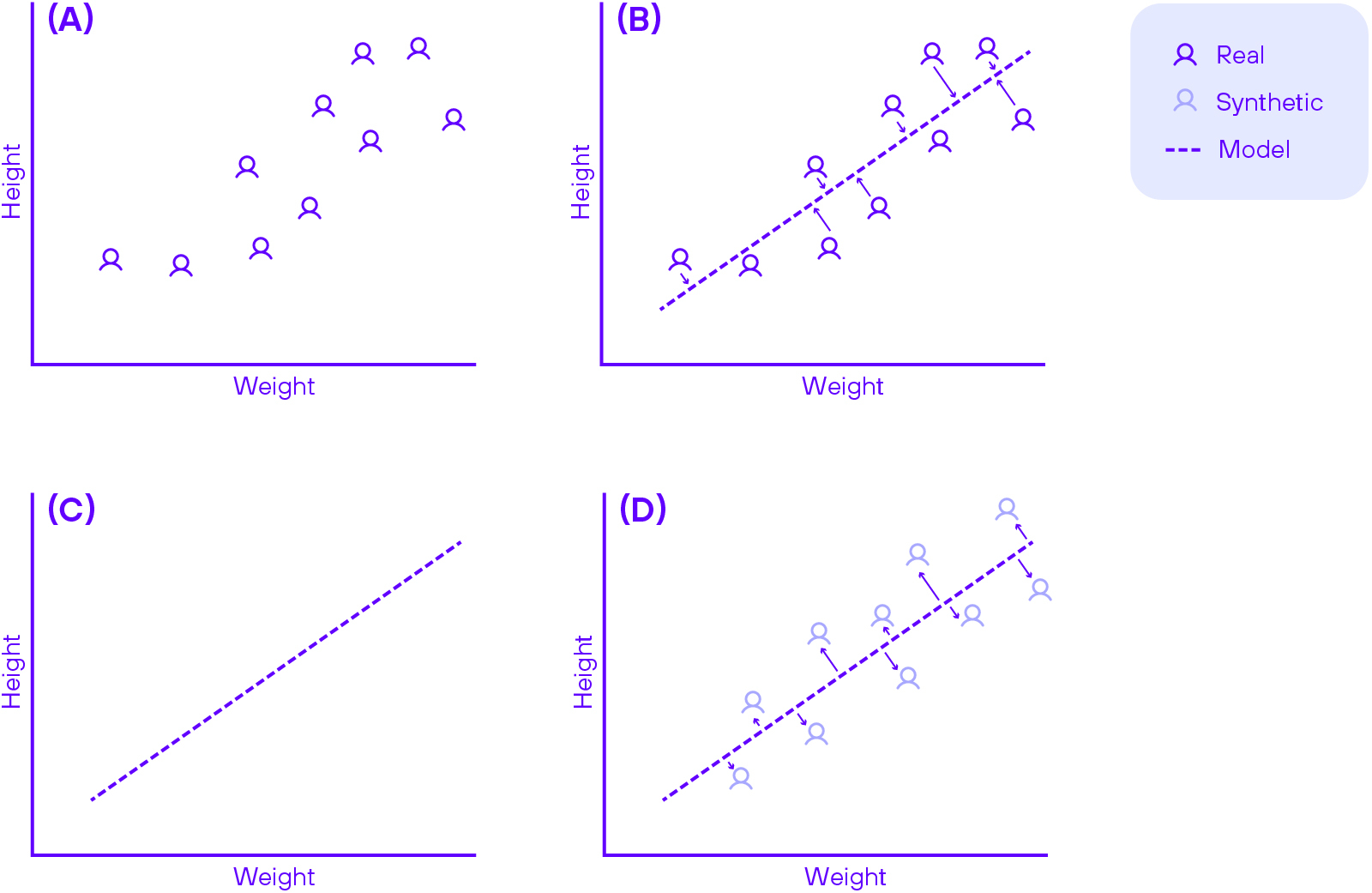Improved Public Transport Services

Challenge
A municipal government wants to optimize public transport, matching services to citizens’ needs. In doing so, they aim to reduce carbon emissions as well as road congestion. Furthermore, they will stimulate social inclusivity and the local economy. Unfortunately, the required data involves citizen’s current transport usage, as well as whereabouts and social network. Such data is not only sensitive, but also compartmentalized. It cannot be shared or processed for the envisioned optimization purposes.
Solution
Aindo’s technology allows the municipality to create synthetic data for both social connectivity and transport usage. Such synthetic data is devoid of personal information and can therefore be shared across departments. Aindo’s platform further allows for the effortless integration of the multiple involved data sources. Thus, the local government can now access and integrate crucial information pertaining to citizens’ potential travel demands. As the synthetic data is devoid of personal information, it can be exchanged with an external optimization consultancy provider. This consultancy firm uses the synthetic data to produce optimized transportation routes and schedules. Through advanced mathematical models, the consultancy firm can optimize several objectives at once, ranging from environmental considerations to social and economic factors.
Benefits
The Aindo Synthetic Data Platform allows for the optimization of public transport services. By shortening key routes, the optimized plan significantly reduces carbon emissions. Furthermore, new travel demands can be discovered that were not accounted for by the current transport services. By better tailoring to these demands, social participation is stimulated for key demographics. For example, a new bus route can be introduced between an area with a large proportion of elderly people and a central marketplace. This enables senior citizens to be a more active part of society.




